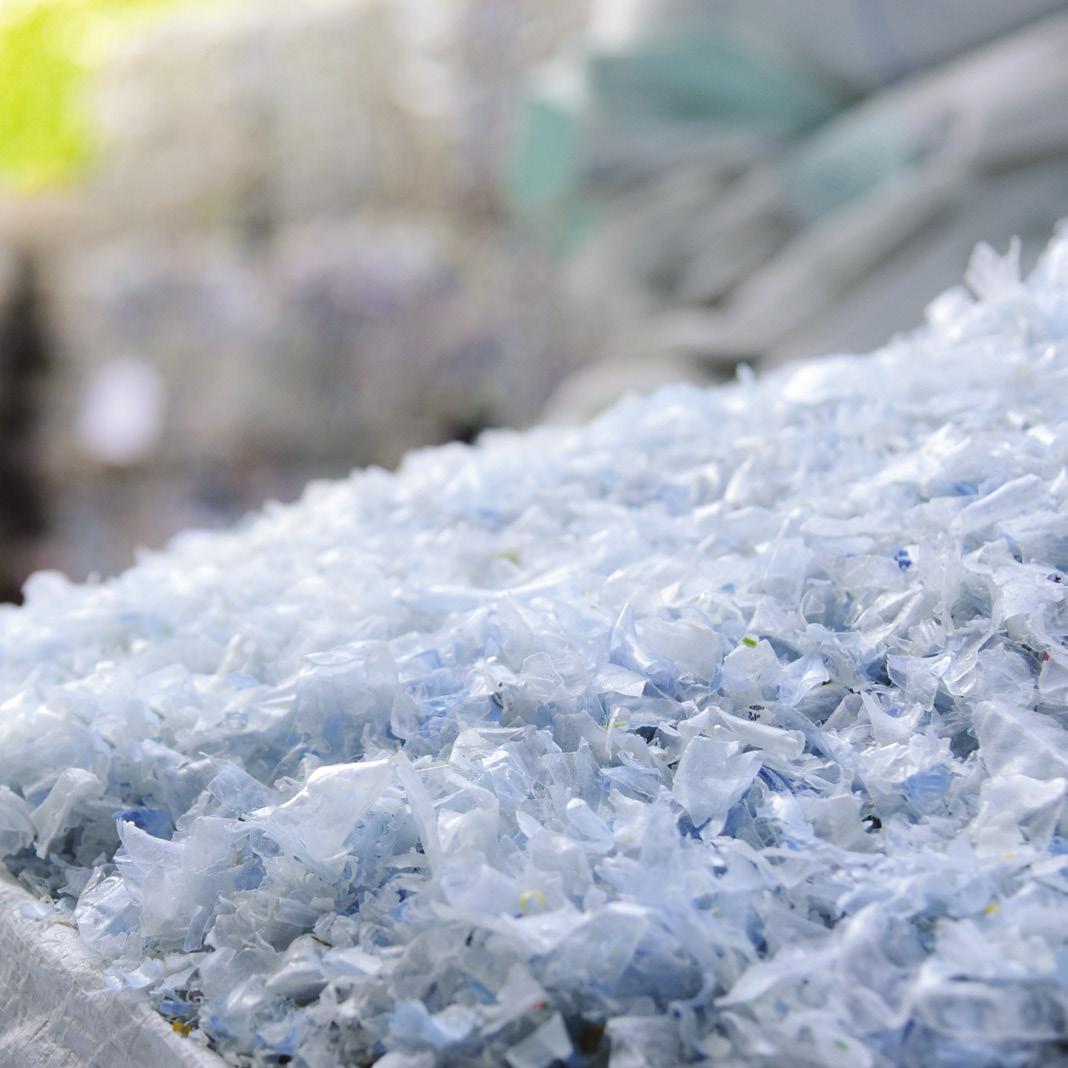
2 minute read
Guiding principles for a sustainable system
from Fixing the system
While promised action by government and business could result in less ocean plastic pollution and higher recycling rates, both of which are vital, they could also increase other environmental harms if they are not complemented by policies that tackle resource use more generally.
Advertisement
Policy makers and political, environmental and business leaders should seek to translate the heightened awareness around plastics into a more systemic approach to resources overall.
Defra has recognised the importance of good data to inform policy, and has supported the development of a National Materials Datahub to track resources throughout the economy. 45 It also recognises the need to map entire systems, including for resources and waste, launching a Systems Research Programme “to identify how a policy change in one area might affect another, and to make sure the connections between environmental issues are properly considered”. 46
The information emerging from these initiatives should provide the basis of a new, systemic approach to resources, one that is cross government, not solely confined to Defra.
A systemic approach, as part of a circular economy for resources, should ensure that all material use is safe, sustainable and efficient. To meet these goals, we recommend the following guiding principles as a minimum.
Safety Minimise harm from extraction and production Apply measures at the beginning of the material cycle to address full lifecycle impacts.
Minimise exposure to hazardous substances Use the 12 principles of green chemistry to ensure more resource efficient and safer design of molecules, materials, products and processes. 47
Eliminate litter and leakage Handle materials and products appropriately at the end of their useful lives, to minimise litter and the considerable harm that can be caused to the environment and health by mismanaged waste.
Sustainability
Consider all environmental harms Use multiple, but standardised and independently verifiable, measures to evaluate damage and risk, including carbon impacts, pollution, land degradation and water use.
Follow a hierarchy Design products for durability and repairability, as a priority, ahead of reuse and recycling, to minimise material use and retain product value in the first instance.
Use systems thinking Consider environmental impacts together and develop plans to address unintended consequences. Policy change in one area can affect others; for instance the food, packaging and waste management systems are all interconnected.
Efficiency Keep it simple Rationalise use and eliminate unnecessary applications of materials. For example, in the case of plastic packaging, polymers, additives and colours should be rationalised, sleeves should be eliminated and composite materials should be avoided, unless a treatment system is developed for more complex designs.
Build the right infrastructure Establish logistics, systems and infrastructure to minimise resource use, maintain value and limit harm, including to other material streams, from the products and materials on the market.
Work in harmony Connect actors at all stages of the material cycle, including extractors, designers, producers and retailers, consumers, and waste and resource managers.
In the following section, we outline the elements of a safe, efficient and sustainable system for material use.







